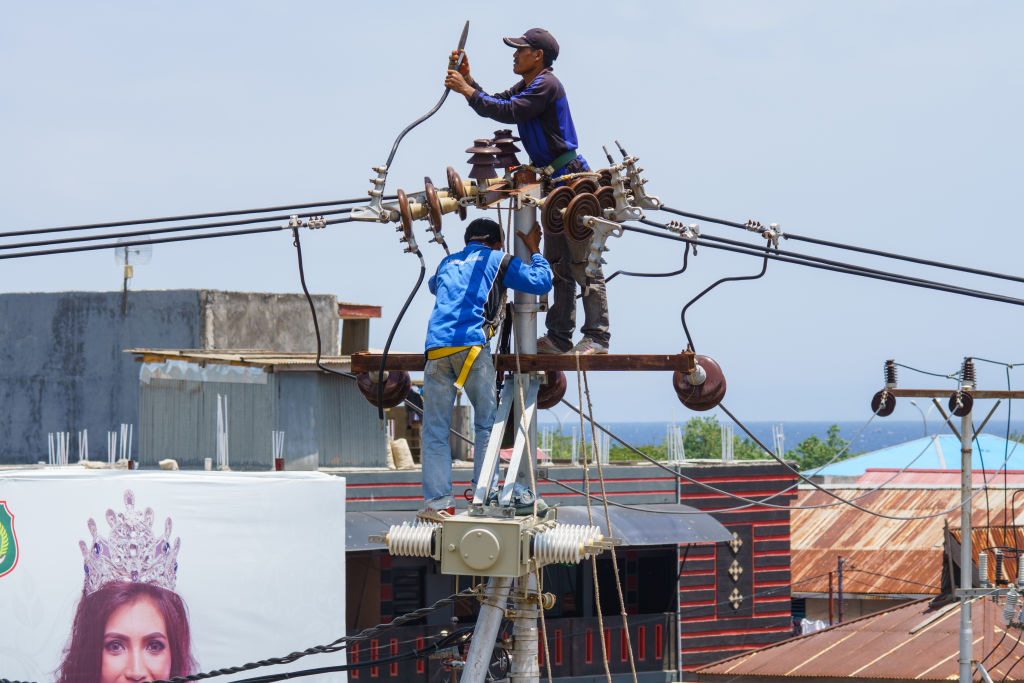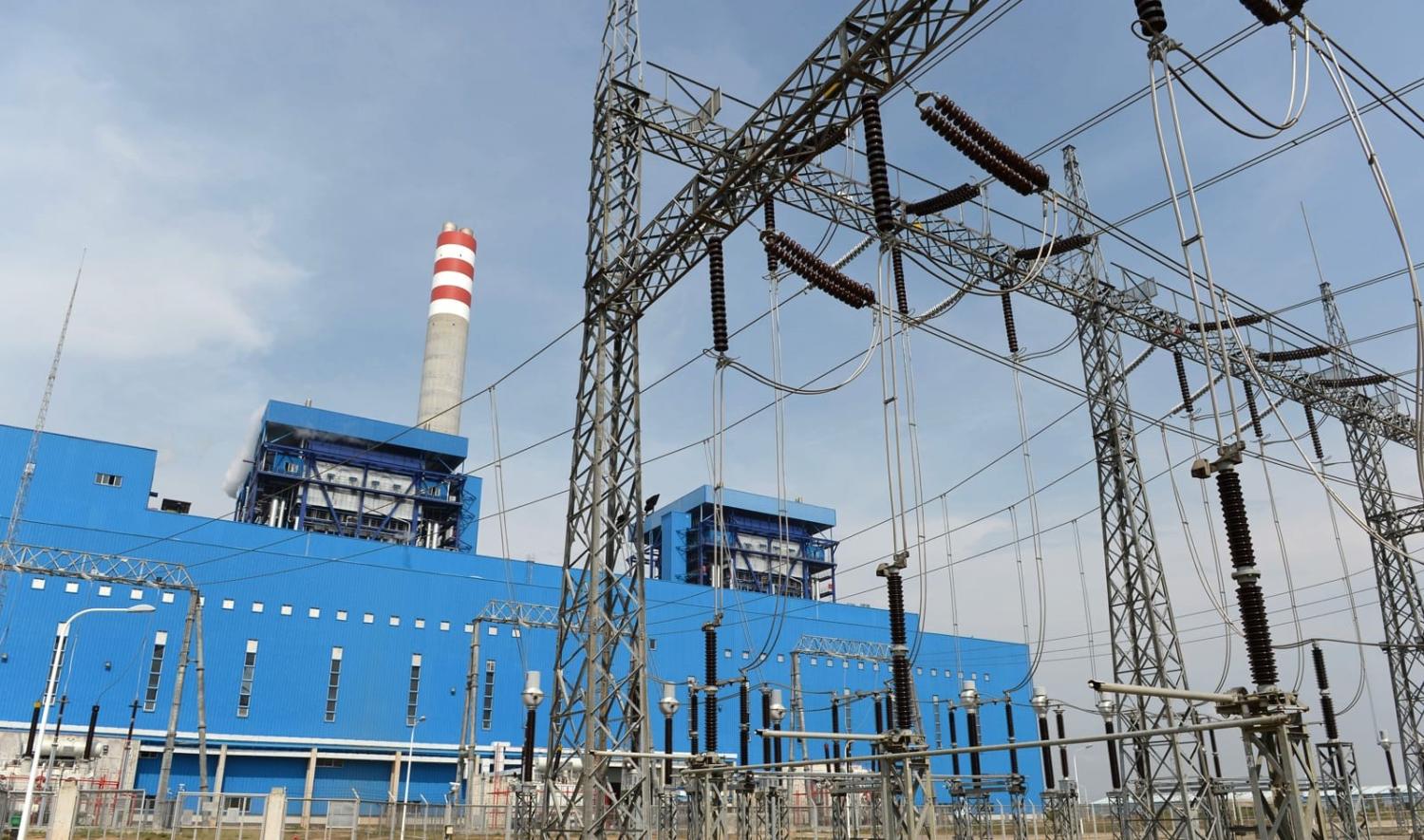At the COP26 global climate talks in Glasgow, Indonesia’s state-owned electricity utility company PLN declared its roadmap to achieve net zero emissions by 2060. The state-owned utility has committed to a peak emissions target of 335 mtCO2e by 2030, and a renewable energy mix of 24.8% by 2030. This target is estimated to become more ambitious following Indonesia’s Just Energy Transition Partnership (JETP) signed in November 2022.
Indonesia’s JETP embodies a commitment of US$20 billion for the country to accelerate its energy transition, which includes early decommissioning of coal plants and developing renewables systems. The joint target is more ambitious than Indonesia’s previous targets, as it aims to reach at least 34% renewable energy mix and peak emissions of 290 mtCO2e by 2030 conditional on international support.
The committed funds consist of $10 billion from mostly G7 countries combined under an alliance called the International Partner’s Group (IPG). A further $10 billion will be provided from financial institutions under the GFANZ alliance (Glasgow Financial Alliance for Net Zero). The JETP joint declaration sets out a list of action plan items which Indonesia has agreed to complete within three months and six months of the declaration, including setting up inclusive participatory dialogues, a governance structure, and an investment plan for drawdown of the funds.
The JETP is also meant to showcase increased ambition from IPG member countries and GFANZ. The financing structures are meant to achieve “firsts” – the first to finance early coal retirement, the first to introduce credible carbon credits methods from coal decommissioning, and therefore the first to undertake certain financial risks of being an early mover. This should not be business as usual, and should add up to increased, not recycled, Global North support for decarbonisation in the Global South.
In another first, the JETP deal offers a political and financial opportunity to retire coal plants earlier than its natural retirement date. Past efforts have focused only on increasing investment in renewables, which have seen modest growth. Calls among civil society to divest from coal and retire coal plants have met with years of resistance and are finally beginning to see impact.
In the lead-up to the JETP deal, Indonesia issued Presidential Regulation 112 of 2022, which explicitly commits to early retirement of coal power plants conditional on international support. The regulation also commits to a moratorium on new coal plants, with exceptions for nationally strategic projects, which is widely believed to refer to captive power plants that service priority downstream industries.
JETP funding can potentially be channelled towards early coal retirement, which could start on grids experiencing over-capacity such as the Java-Bali grid. It could also be channelled towards captive power plants not subject to the moratorium, replacing coal power plants in the pipeline with baseload renewable energy.
Opportunities presented by the JETP deal also lie beyond coal retirement and increased renewable energy. Meaningful energy transitions rely not only on the replacement of a few power plants, but require the transformation of entire grids and energy systems. Indonesia is an archipelagic nation with five main clusters of islands, and five electricity grids built around these clusters: Sumatra, Kalimantan, Sulawesi, Maluku-Papua-Nusa Tenggara, and Java-Bali. These five grids are detached from one another. Each grid is its own contained market operating in different supply and demand contexts, tariffs, and returns. For example, the highest electricity demand is in the Java-Bali grid, but it is also currently at overcapacity, thus hampering the acceptance of new additional capacity of renewables. Meanwhile, the other four electricity grids outside Java-Bali are not at full capacity, but the demand growth is not yet enough to attract aggressive investment in renewables.
Adding renewables to this situation means adding a layer of energy intermittency to an already complex grid system. It can and must be done, but it does require a grid upgrade. The electricity grid needs to (i) become a smart grid so that it can handle a large portion of intermittent energy feeding in, (ii) have a renewables baseload capacity that is supported by adequate energy storage, and (iii) be interconnected with each other across islands to efficiently distribute surplus power to areas with deficit power. So far, there have been no meaningful investments going into upgrading Indonesia’s transmission grid. The JETP deal may provide the first tangible opportunity to leverage interest in that investment.

To service the five electricity grids throughout the archipelago, Indonesia has relied on easily transportable fuel to power these grids, especially coal and oil, and has developed entire supply chain and logistics systems from upstream to downstream. A significant increase in renewables in the energy mix will have major repercussions up and down this supply chain, which can be turned into opportunities when managed well.
This is an opportunity to have meaningful dialogues with workers in coal plants and coal mines, affected societies along the supply chain, and regions that have shaped their economies around coal. They need to be engaged with to co-create their role in the future greener economy, identify the new skills needed to capture green job opportunities, and deploy reskilling and upskilling programs systematically. This is an opportunity to shape a national just transition framework that addresses the four pillars of a just transition: (1) “recognition justice” or recognising the impact, (2) “procedural justice” or setting the right inclusive procedures, (3) “distributional justice” or equitably distributing the costs and benefits, and (4) “restorative justice” or mobilising the finance needed to mitigate or repair impacts of the transition.
However, the costs of doing these go beyond what can be embedded into a project financing structure, and therefore concessional loans will not go very far. It is very important that JETP funding can address just transition costs through grants.
In the case of South Africa’s JETP deal, only 4% of their $8.5 billion funding commitment came in the form of grants, the rest being concessional and commercial loans. The Global North would do well to show more ambition in supporting just transition in the case of Indonesia, especially given that it is written into the JETP declaration. If designed well, Indonesia can use this momentum to design a just societal transformation on the back of its energy systems transformation.
A product of the Lowy Institute Indo-Pacific Development Centre, with funding support from the Australian Department of Foreign Affairs and Trade.


